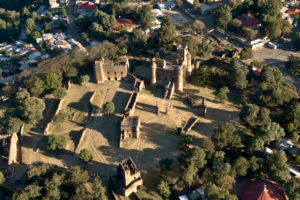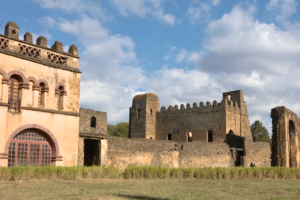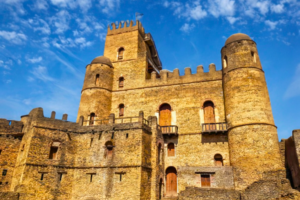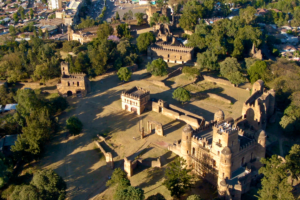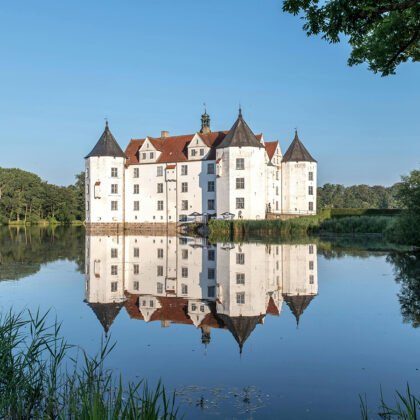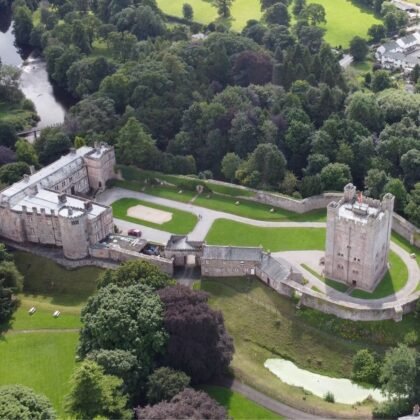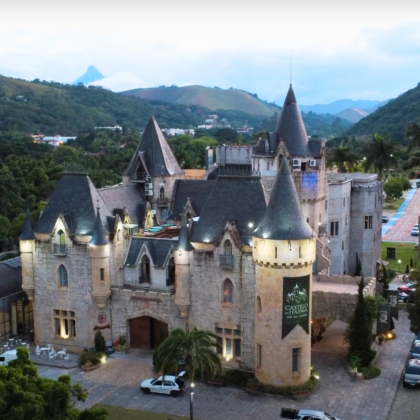Fasil Ghebbi isn’t your typical castle complex—it feels almost like stepping into another era. Tucked away in the highlands of Gondar, the fortress walls hide a collection of palaces and ancient churches, all with their own stories. The quiet courtyards and weathered towers make you wonder what life was like during Ethiopia’s royal heyday. There’s something raw and majestic here, unlike anywhere else in Africa.
Quick Facts
📍 Location: Gondar, Amhara Region, northern Ethiopia
🏗️ Construction Period: Began in 1636 under Emperor Fasilides; expanded through the 18th century
🏰 Architectural Style: Gondarine architecture (Portuguese, Indian, Axumite)
🎭 Famous For: Royal residence, imperial court, unique hybrid architecture, Timket celebrations
👑 Notable Figures: Emperor Fasilides, Emperor Iyasu I (The Great), Emperor Dawit III, Emperor Bakaffa
🏆 UNESCO Status: Yes (Fasil Ghebbi, Gondar Region was designated a UNESCO World Heritage Site in 1979)
🌐 Official Website: https://visitethiopia.travel/destinations/gondar/
Map
Historical Context
Walk through Fasil Ghebbi’s walls, and you can almost picture the bustle of an imperial city centuries ago. The story starts with Emperor Fasilides, who, in the 1630s, picked this hilltop in Gondar for his new royal capital. What followed was a mix of ambition and flair—Ethiopian kings built palaces, banquet halls, and towers that still stand today, each one showing off a mix of local and foreign influences. The high walls were both protection and a bold statement, hinting at the power and pride of the Solomonic dynasty. Later rulers kept adding new buildings, each leaving a personal mark. Even after civil wars and changing fortunes, the complex refused to fade. These days, locals wander through the same old courtyards, sharing stories that have survived generations. Fasil Ghebbi remains a living memory in stone—weathered, grand, and unmistakably Ethiopian.
Gallery
Visiting Information
🗓️ Best Time to Visit: October through March
🗺️ Location Perks: The fortress is right in the heart of town, making it easy to reach local markets and cafes on foot.
⏳ Estimated Visit Duration: Plan to spend 2–3 hours exploring Fasil Ghebbi’s palaces, gardens, and centuries-old stone structures.
💡 Visiting tips: Hire a local guide for the best stories and insight into the history behind each building.

